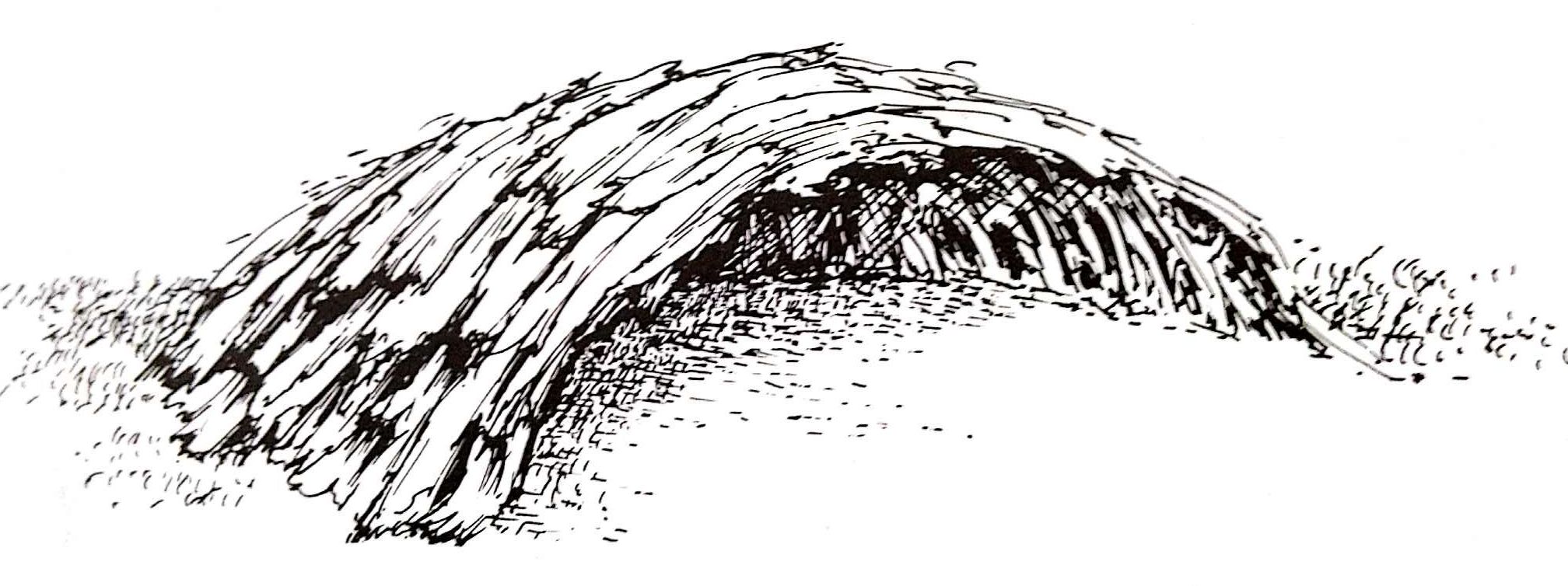Permanent sheltered living places or large half-domed bark huts were constructed from peppermint gum (kinship tree) and swamp teatrees. Sheets of bark were cut using heavy stone axes and wedges pulled off in long strips and then interwoven. The structures were made by placing boughs in the ground to form a half-domed shape. One of the largest huts with a number of hearths placed around the front, was in the lower reaches of the Great Forester River. This measured 11 metres in length and was capable of sheltering between 30 and 40 people. Shelters were constructed close to women’s economic resources, and at the sites of leenerrerter social and ceremonial activities.
Categories
Archives
- January 2024
- August 2023
- December 2022
- December 2021
- December 2020
- December 2019
- November 2019
- December 2018
- December 2017
- December 2016
- December 2015
- September 2014
- July 2013
- June 2013
- April 2013
- February 2013
- January 2013
- December 2012
- September 2011
- July 2011
- June 2011
- March 2011
- January 2011
- September 2010
- August 2010
- October 2009
Other Things of Interest
bbq
bikers
Bridport 10
Bridport Innovations
Bridport Splash
bridport visitors
Bridport Walking Track
BridReport
Building the River-Forest Track
community
CVA
Dorset Council
events
field naturalists
fish farm
fundraisers
Half-domed huts
leenerrerter
North East Rivers Festival
NRM
Riparian Reserve
signage
Surf Life Saving Club
tourism
track maintenance
Traineeship
water supply
working bees
BridReport
BridReport 2024
The BridReport is a monthly publication for the... read more»
BridReport 2023
The BridReport is a monthly publication for the... read more»
BridReport 2022
The BridReport is a monthly publication for... read more»



Is this an installation on the walking track
Good morning Denise, Sorry for late reply.These are not an installation but there is signage along the track depicting Aboriginal lifestyles: River Placescapes and Forest Placescapes